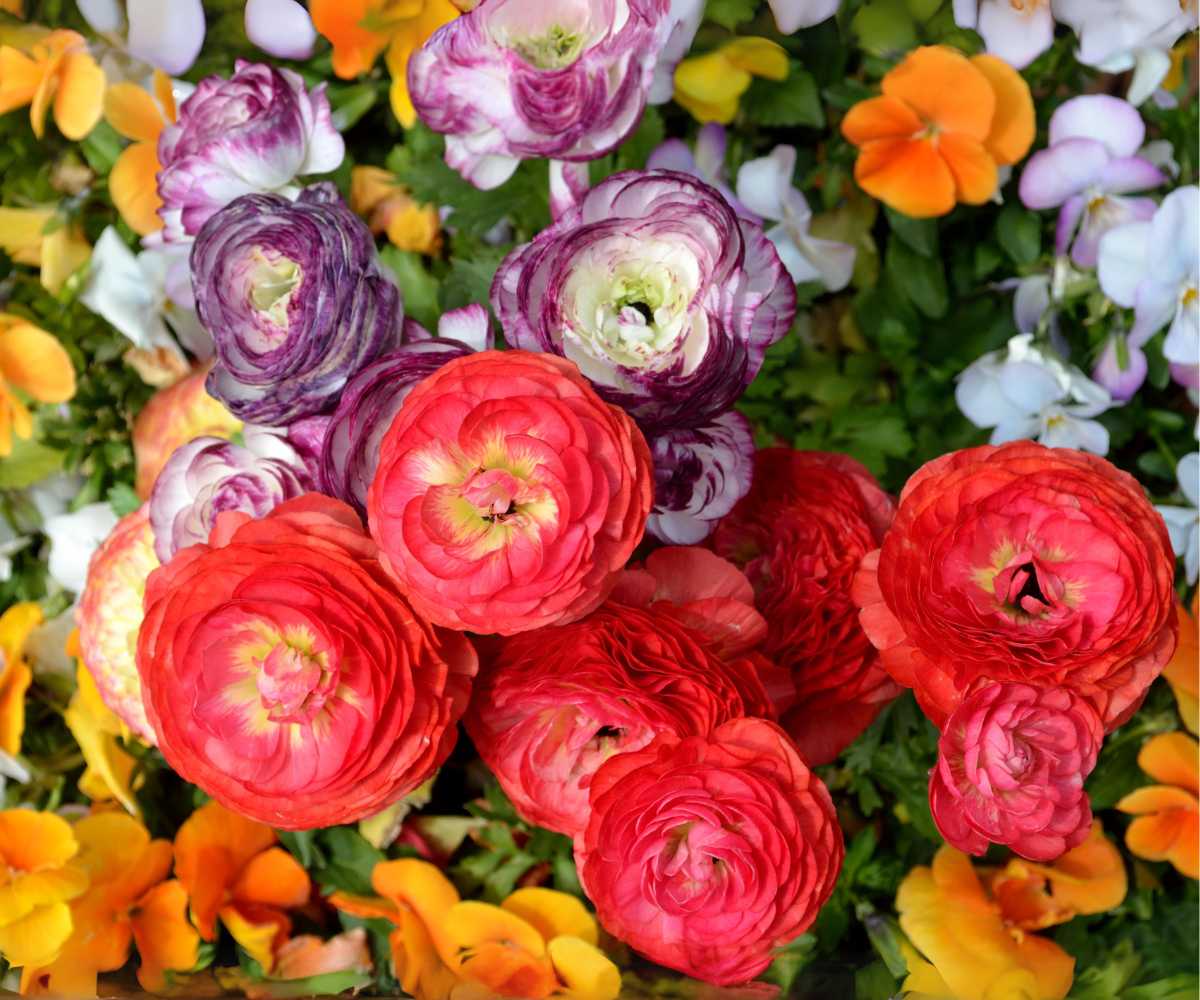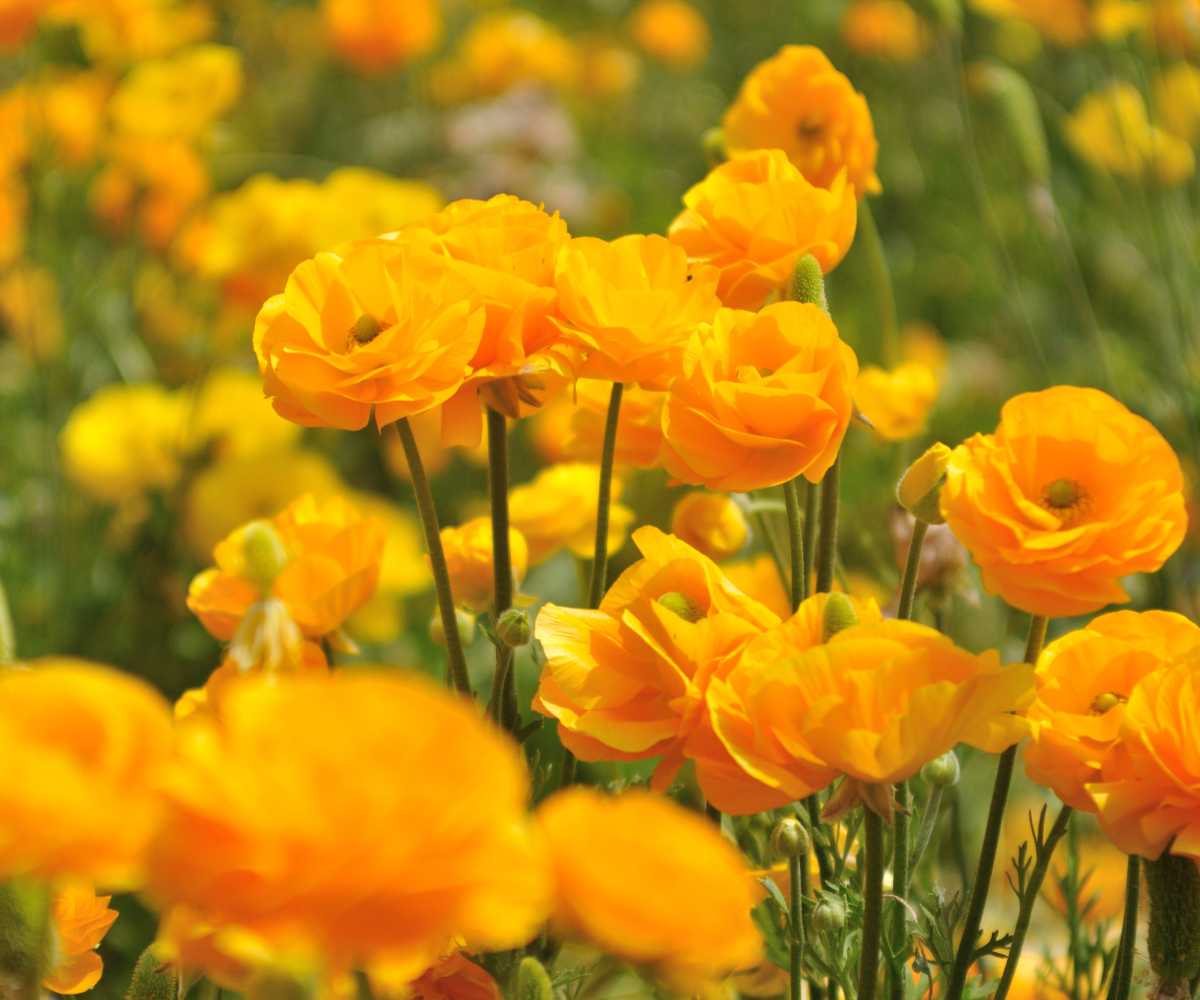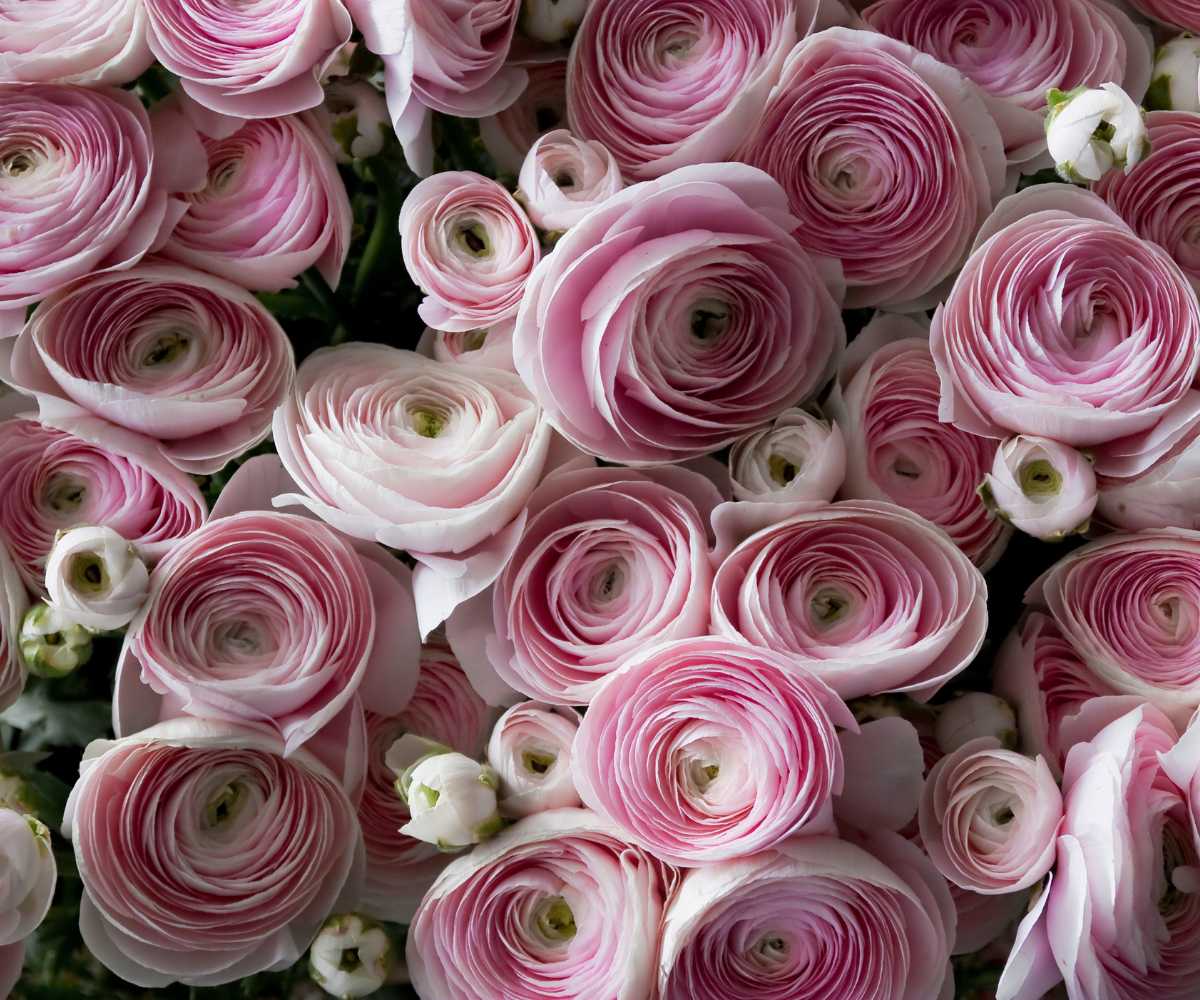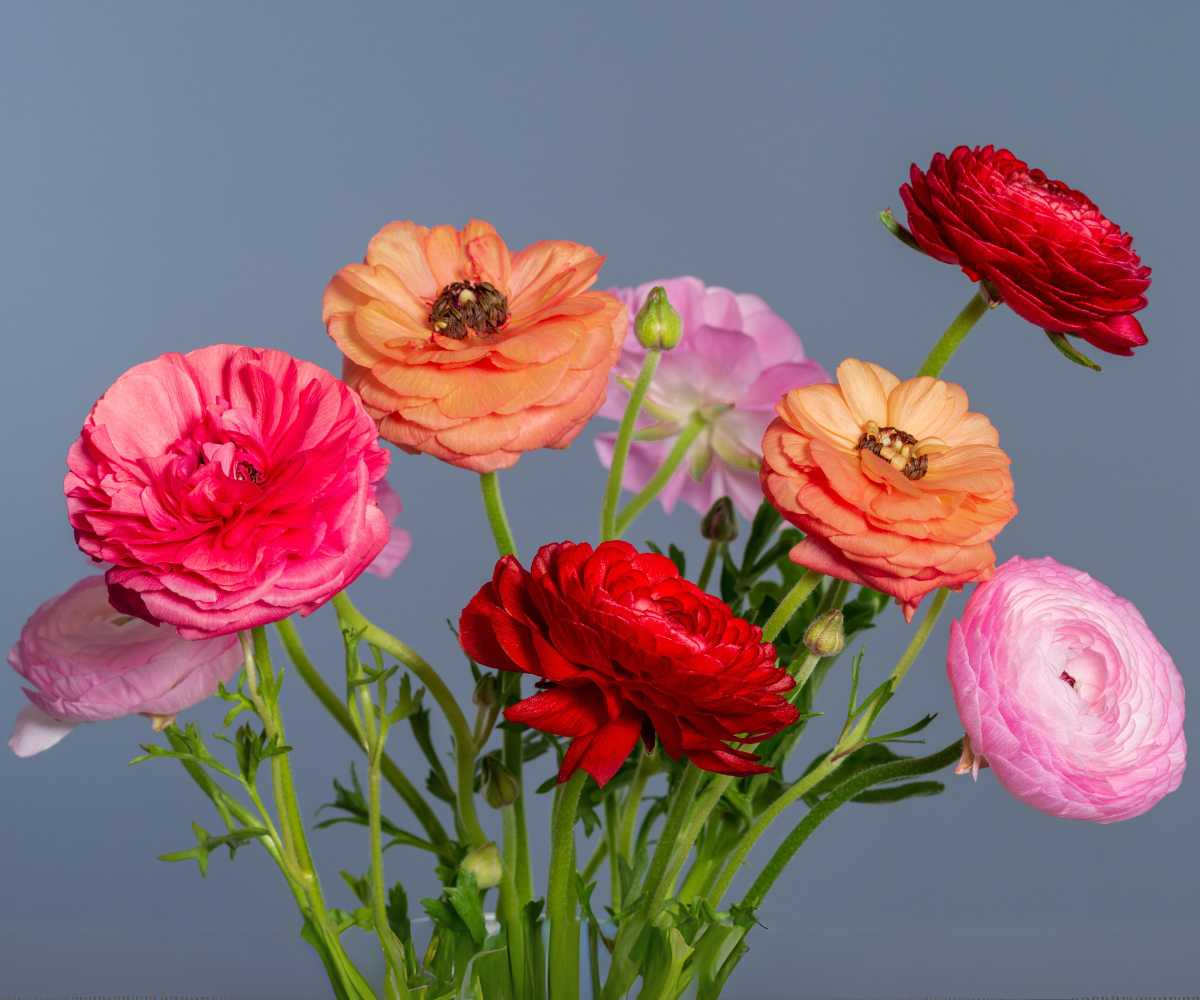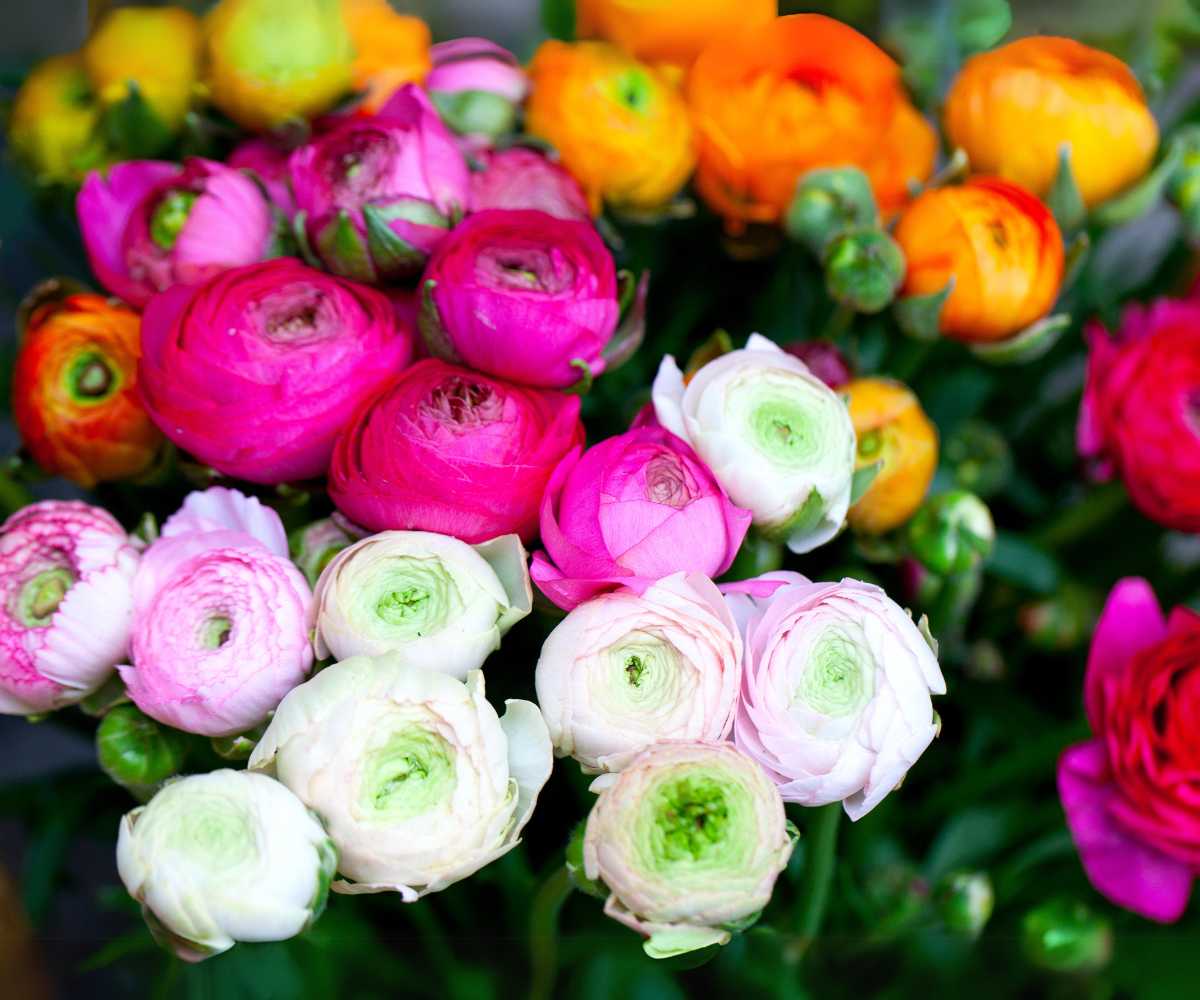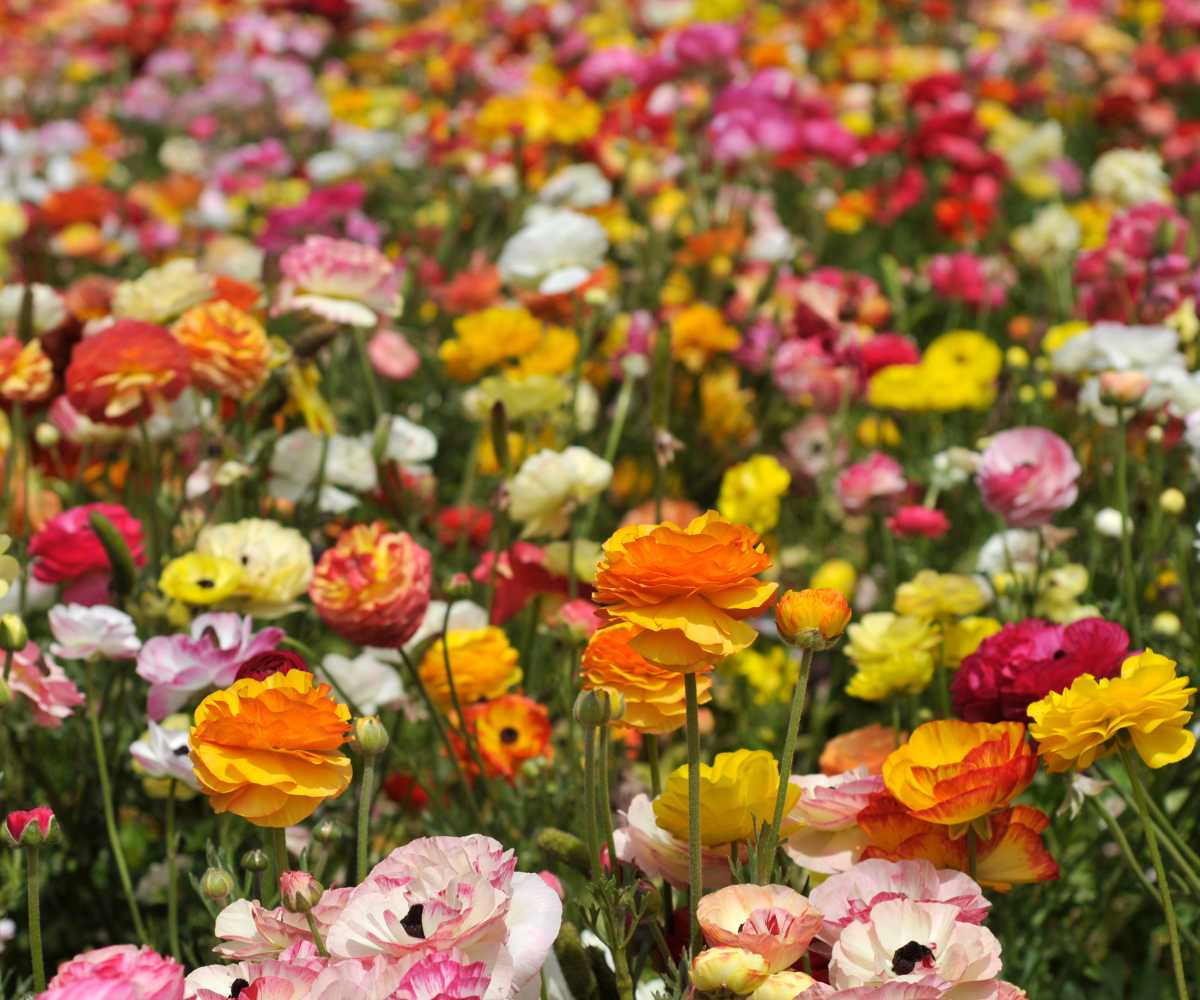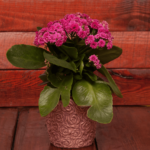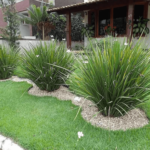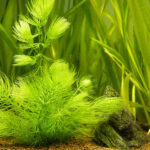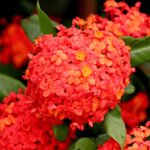Ranunculus (Popularly known as Buttercup) are plants belonging to the Ranunculaceae family.
Known for their cup-shaped flowers that resemble layers of crepe paper, these flowers are available in various colors such as:
- White
- Pink
- Yellow
- Orange
- Red
Their leaves are dark green and delicate, making them a popular choice among gardeners and plant enthusiasts.
Curiosities
Widely used in floral arrangements and bouquets, their flowers are often mistaken for roses due to their similar appearance, although they can be distinguished by their leaves and stems.
Additionally, certain species of ranunculus also have a role in natural medicine, being used as natural pain relievers to alleviate pain, including headaches.
The ranunculus flower represents love, charm, beauty, and fascination. Each color of ranunculus has a specific meaning.
Species
The Ranunculus genus includes approximately 600 different species, all belonging to the Ranunculaceae family.
Among the most well-known and cultivated species is Ranunculus asiaticus, known in some countries as the “Persian Buttercup.” This species is sold as a garden plant, appreciated for its colorful flowers that bloom in winter and spring.
Another notable species is Ranunculus alpestris, a delicate perennial plant with white flowers and yellow centers, adapted to cold and mountainous climates.
Ranunculus can be annuals, biennials, or perennials, and some species are adapted to grow in aquatic environments, presenting submerged and floating leaves. These are poisonous plants and should not be ingested by humans or animals.
Accurate identification of ranunculus species, especially aquatic ones, can be complicated due to frequent hybridization among them.
See below how to care for these plants.
Ideal Climate
Below are the climate needs of this plant:
Temperature
Ranunculus prefer a cool to moderate climate. The ideal temperatures for cultivation are:
- Daytime: Between 15°C (59°F) and 22°C (71.6°F)
- Nighttime: Between 5°C (41°F) and 10°C (50°F)
Higher daytime temperatures can harm the plant’s health, while very low nighttime temperatures are tolerated but not ideal for optimal growth.
Lighting
These plants need direct sunlight to develop properly. Ideally, provide at least six hours of daily sunlight.
However, on very hot days, it is advisable to provide some shade to protect the plant from high temperatures that can be harmful.
- Sunlight: Six hours of direct sunlight daily
- Protection: Partial shade on very hot days
Ventilation
Good ventilation is crucial for ranunculus, as it helps avoid moisture buildup and prevents diseases.
The plants should be placed in locations where they can receive fresh air but protected from strong drafts that can damage the leaves and flowers.
Read too:
- How to Grow and Care for Primrose Easily (Primula)
- Watermelon Peperomia: How to Grow and Care Easily
- Manacá: How to Care and Make Seedlings (With Photos)
- Blue Ginger: Properties, Care, and How to Propagate
Ideal Soil
Ranunculus prefer well-drained soils that allow good air permeability.
Efficient drainage is essential to prevent waterlogging, which can lead to root rot.
To improve drainage, it is recommended to add sand or perlite to the soil. The proper mixture helps keep the soil loose and well-aerated, allowing the roots to absorb oxygen effectively.
Soil Acidity
The ideal soil pH for ranunculus is between 5.8 and 6.5, which means they prefer slightly acidic soil.
This level of acidity helps balance nutrients and the absorption of essential minerals by the plant’s roots.
Soil Composition
For optimal growth, the soil should be rich in organic matter and nutrients. A good soil mix for ranunculus may include:
- Garden Soil: Provides the basic structure and necessary nutrients.
- Foliage: Increases the organic matter content, improving soil fertility.
- Fine Sand: Helps improve drainage.
- Peat, Worm Humus, and Coconut Fiber: These components are light and nutritious, increasing moisture retention and drainage capacity.
- Perlite and Vermiculite: Improve water retention and soil drainage.
A recommended ratio for potting soil mix is 4 parts garden soil, 2 parts foliage, and 1 part fine sand.
To further enhance soil quality, slow-release fertilizers and gypsum can be added.
Soil Care
Maintaining the soil properly is crucial. Here are some tips:
- Avoid Compaction: Compacted soil can impair drainage and air circulation. If the soil seems compacted, it is important to loosen it or change the pot.
- Regular Monitoring: Regularly check the soil condition to avoid both excessive dryness and waterlogging, both harmful to ranunculus growth.
How to Water
Ranunculus need regular watering, especially during periods of active growth and in hotter and drier times of the year.
It is important to water whenever the soil begins to dry out, but without overdoing the amount of water. The goal is to keep the soil moist, not waterlogged.
- Watering at Soil Level: Water directly at the base of the plant, avoiding wetting the leaves and flowers. This helps prevent fungal diseases and brown spots that may appear on the aerial parts of the plant.
- Drip Irrigation: Using a drip irrigation system is highly recommended as it provides water directly to the roots, keeping the soil moist in a uniform and efficient manner.
One of the biggest risks for ranunculus is waterlogged soil, which can lead to root rot and disease development. Ensure the soil has good drainage to allow excess water to drain properly.
The water needs of ranunculus may vary depending on the weather conditions.
How to Fertilize Ranunculus
Ranunculus benefit from balanced fertilizers, but during active growth, using fertilizers high in phosphorus will stimulate flowering.
For example, during this period, a great option is to use fertilizers such as NPK 15-30-15, which is high in phosphorus, once a month.
Adjust the frequency and amount of fertilizer according to the plant’s life stage. Increase fertilization during growth periods and reduce it during dormancy.
You may also be interested in learning more about the plants below:
- Ludisia the Jewel Orchid – How to Care in 7 Simple Steps
- Japanese Fern Tree – How to Care and Characteristics
- Columnea: Varieties, How to Care and Make Seedlings
- Gardenia: Characteristics, How to Care and Propagate
How to Plant
- Before planting, prepare the soil as mentioned above.
- Plant the bulbs at a depth of about 7 cm (2.75 inches).
- Maintain a distance of 7 cm (2.75 inches) between the bulbs and 7 cm (2.75 inches) between planting rows.
- Ensure that the top of the bulb is facing upwards.
To achieve flowers for several months, plant the bulbs at intervals of three to four weeks, from autumn to early spring. This ensures continuous and lush blooming during the season.
How to Multiply Ranunculus
Ranunculus can be multiplied in various ways, so below I will explain some of these methods:
Division of Clumps
- Identifying the Clumps: Division of clumps is the most common method to multiply ranunculus. In late autumn or early spring, when dormancy ends, locate mature clumps in the garden.
- Preparation and Division: Use a sharp knife to carefully divide the clumps, ensuring each new section has a healthy portion of roots. It is essential to keep each division adequately sized for successful establishment.
- Proper Replanting: After division, immediately replant each section at the same soil depth as before. This helps the new plants establish quickly and continue to bloom in the garden.
- Post-Planting Care: Keep the soil adequately moist and monitor the plants’ conditions regularly to ensure healthy growth throughout the season.
Multiplication by Bulbs
- Soil Preparation: Plant ranunculus bulbs in nutrient-rich, well-drained soil, spacing them about 10-15 cm (3.9-5.9 inches) apart. This provides enough space for plant growth and development.
- Special Care: During planting, ensure the bulbs are free from diseases such as bulb rot, which can compromise the healthy growth of the plants.
Propagation by Seeds
- Controlled Sowing: For propagation by seeds, sow in containers or trays in a protected location to control germination. After initial growth, transplant the seedlings to their permanent location.
- Ideal Conditions: Keep the seeds in ideal conditions of light, heat, and moisture to ensure successful germination and initial plant development.
Pests and Diseases of Ranunculus
Common Diseases
- Bulb Rot: One of the most serious diseases affecting ranunculus is bulb rot. This condition can occur due to excess moisture in the soil, which promotes the development of fungi. To prevent this, it is essential to ensure good soil drainage and avoid overwatering.
- Rust: Rust is another fungal disease that can attack ranunculus. It manifests as yellow or orange spots on the leaves and can severely compromise the plant’s growth. Applying appropriate fungicides can help control this disease.
- Downy Mildew: Downy mildew develops in high humidity and moderate temperatures. It primarily affects leaves, causing whitish or grayish spots. Improving air circulation around the plants and using preventive fungicides are effective measures to combat downy mildew.
Common Pests
- Mites: Mites are common pests that can attack ranunculus, causing damage to leaves and flowers. They can be controlled with the application of neem oil or specific insecticides.
- Aphids: Aphids are small insects that suck the plant’s sap, weakening it and promoting the emergence of secondary diseases. The use of insecticidal soap is an effective option to control aphid infestations.
- Thrips: Thrips are pests that feed on leaves and flowers, leaving them deformed and discolored. Appropriate insecticides can be used to control these pests.
I hope that by following the tips shared in this text, you can keep your ranunculus healthy year after year.
If you have any questions, leave a comment below.

